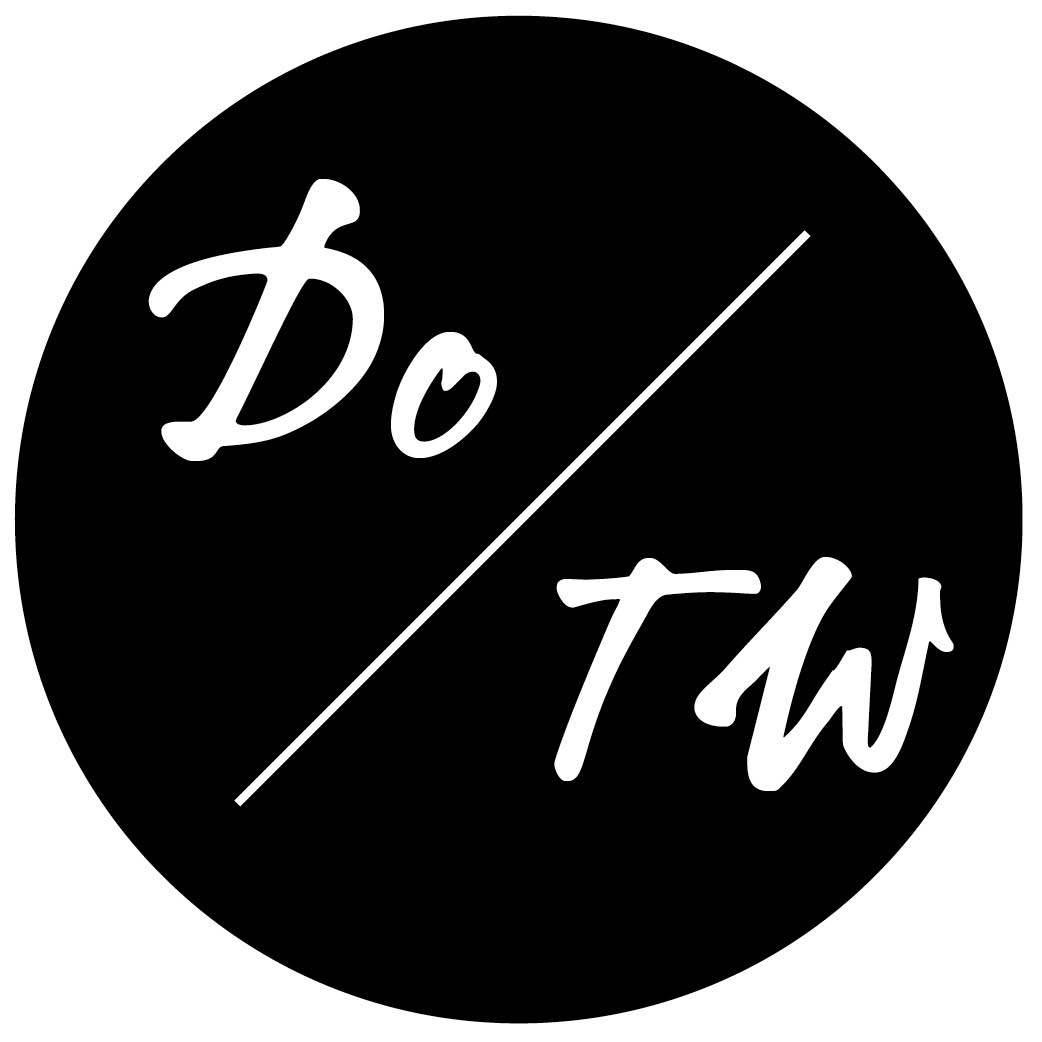How to Get Yourself an Ongoing Travel Writing Gig This Week

Before we launch into how, exactly, to set yourself up with a steady stream of travel writing work, I want to look at some reasons why having a recurring travel writing job is so, so important. Especially for people who are either:
- just starting out as travel writers
- struggling to have a sustainable travel writing income even after many months or years at it (and with a healthy pile of clips to their names)
Recurring Income is THE Deal Breaker for Freelance Writers
Travel writing, like any other type of freelancing and particularly any other type of freelance writing, is prone to ebbs and flows in hard cash income due to the payment schedules of various clients and seasonal ebbs and flows in demand. But the problem many travel writers face is that these very normal cash flow issues become exaggerated by:
- a lack of regular marketing resulting in periods of no work after periods of too much work or too much intensive travel
- a marketing process that is too time consuming (the more common issue)
People (aspiring or struggling freelance writers) hate when I say this, but pitching one article really can’t take hours. The problem is, when you’re starting out, it usually does.
When you’re struggling to figure out what exactly an idea that is suited to any magazine or website really is, let alone what is a great one for the place you are pitching, while at the same time trying to get a handle on writing in a short snappy style when all of the travel writing you’ve been reading is succulent, spacious features and books by contemplative greats like Don George and Tim Cahill, it can be extremely difficult to get a single pitch to take a brisk 15 minutes.
The Time Savings Alone Will Change Your Freelance Life
Having a website (websites are great in this regard because they pay much faster than magazines) or magazine that you write for often enough to have a relationship with the editor and know well enough to pitch without having to research back articles can save you literally dozens of hours a week in marketing time.
Let’s do the math.
Say one magazine article that pays $300 or $400 for a magazine you’ve never written for before requires an hour of researching the magazine, a half hour to go through your article ideas from recent trips and find one that could fit, an hour of writing and tweaking your pitch, and then another half hour of emails back and forth with the editor before you’ve actually got an assignment in hand.
That’s three hours. (And I know that’s much less time than a lot of people may be spending, especially if we tally up everything before you get an assignment from that magazine.)
And if you’re trying to send a pitch a day because you really need to drum up work, that’s 15 hours a week. When you look at pitching like that, it’s very easy to think it’s a waste of time and you should spend your time doing other things. The problem is, then how do you find work to get paid for? At the present calculation, we’ve got 15 hours a week that are generating assignments, but not producing them.
Let’s consider another scenario for those 15 hours.
Pretend you have a client for whom you write blog posts about a topic you’re interested in learning about. Sure, the posts can be a bit formulaic, but they’re quick, taking you somewhere between a half hour and an hour and a half to write, depending on the exact topic. Also, delightfully, in the course of researching the blog posts, you typically come up with ideas for other articles you can pitch websites and magazines.
Average it out, and you spend about an hour per post, and the pay is $50 each (I’m putting this low; I would prefer it at $100-150 for this amount of time invested, and that’s definitely doable) so in 15 hours of working on blog posts, you’d earn $750.
Doesn’t $750 and more article ideas sound better than $0 and some money coming later after at least as many hours of work?
Okay, Sounds Great, But How?
These writing gigs, wherein people simply give you money for doing something not super time-consuming or soul crushing every week live online. Sometimes, even (gasp) on Craigslist.
Sure, there are a lot of duds, but the truth of the matter is, that’s where a lot of companies go to find people to hire. Legit companies with real budgets. This issue for writers is just how to separate the sh*tty ones from the ones worth your time.
And the crazy thing is that there are always–apart from summer when everyone in the tourism industry is busy dealing with, well, tourists (a.k.a. try the Southern Hemisphere in northern summer and visa versa)–great opportunities hanging out on several websites, some dedicated to travel and some more general. I’ll give you a list of all of my favorites–and which ones you should avoid–soon.
Do These 10 Things and You’re Gold
When responding to these ads, there is obviously a more successful method and…what everyone else does.
- If you want to stand out and have the highest chance not only of success, but of landing a gig right away, follow these 10 commandments of applying to travel writing gigs online:
- Respond right away or don’t bother. If it’s more than three days old (and it’s on a job board rather than directly on a company’s website), they’ve already been deluged. In the direct listing setting, you probably have two weeks unless it’s been picked up by a major job listing site. It really doesn’t matter how good a fit you are if they’ve already chosen someone…unless you’re looking to “steal” gigs, which is an advanced technique we’ll talk about in the future that I have an exercise on in my book, The Six-Figure Travel Writing Road Map.
- Let your subject line shine; even if you have to include a certain word or phrase. Create a catch phrase like you’d have on your LinkedIn profile: “Experienced travel writer based in Morocco,” “Detail-oriented editor with copywriting experience,” “Italy expert with major magazine credits.”
- Start with a bang, like a lede to an article. Do. Not. Ever. Start with “I’m writing in response to your ad on….” If you must, mention that later after you…
- Wow them with your understanding of their site and audience. If the job post doesn’t mention the company/site/publication, it might not be worth your time, honestly, because that’s a bit dodgy. Researching the company will set you apart from, minimum, 80% of the competition.
- Address everything they say in the post that they’re looking for—succinctly.
- Keep your paragraphs short in general; few things makes a harried individual saddled with reviewing a bunch of crappy job listing responses less likely to read your email than if it looks like a novel.
- Mirror the tone of the ad, or, better yet, the tone of the publication or website. Your pitch is an audition of your writing. If they don’t like how you write this email, why would they trust you to write three posts a week for their site?
- Don’t get boxed in on rates (when they’re asked for). Always give a range and say the exact amount is based on things like the amount of research required, whether you need to find and edit photos yourself and who will be setting the post up in the content management system. It doesn’t sound like you’re avoiding the question; it sounds like you know what you’re doing.
- End your message with a question that’s easy to say yes to: “Would you like to hop on a quick phone call to discuss some other things I noticed on your site we could potentially work together on?” “Could you let me know what you have in mind in terms of budget?” “Also, may I connect you with [FABULOUS PERSON] who also works in this area and may be a good fit for a collaboration?”
